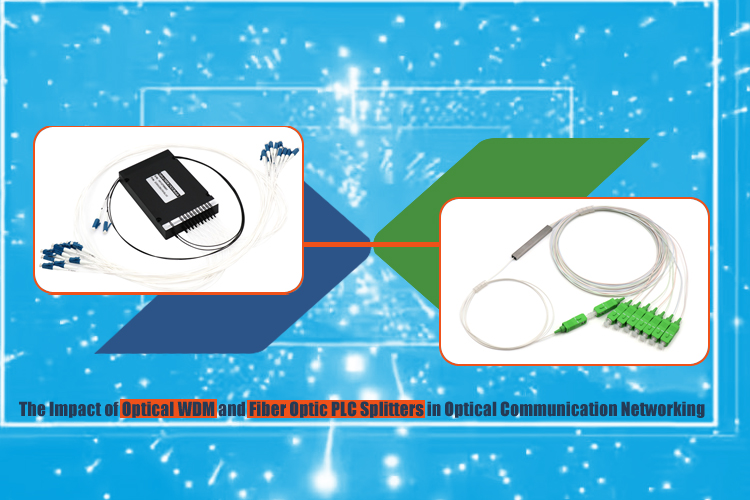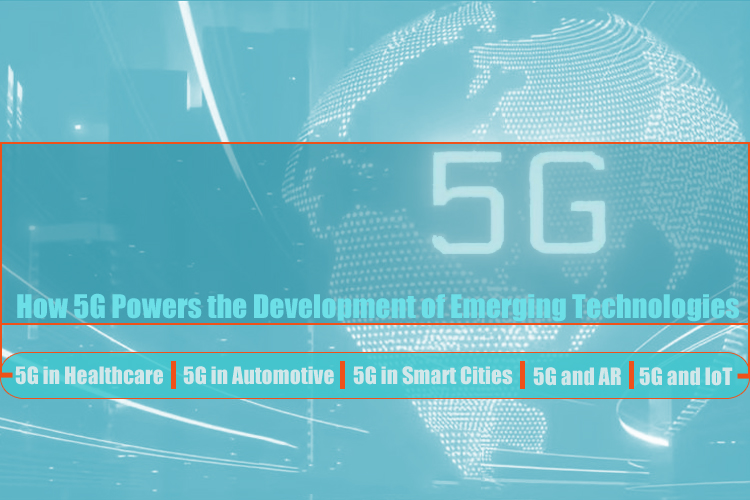
 New Type of Distributed Optical Fiber Sensing Fiber Optic Cable
New Type of Distributed Optical Fiber Sensing Fiber Optic Cable
 High-Speed Multimode Optical Fiber Cable: Enhancing Data Center Exchange
High-Speed Multimode Optical Fiber Cable: Enhancing Data Center Exchange
 The Fast Access Advantages and Application Fields of Fiber Optic Fast Connector in FTTH Networking
The Fast Access Advantages and Application Fields of Fiber Optic Fast Connector in FTTH Networking
 Unlocking the Future: How 5G Powers the Development of Emerging Technologies
Unlocking the Future: How 5G Powers the Development of Emerging Technologies